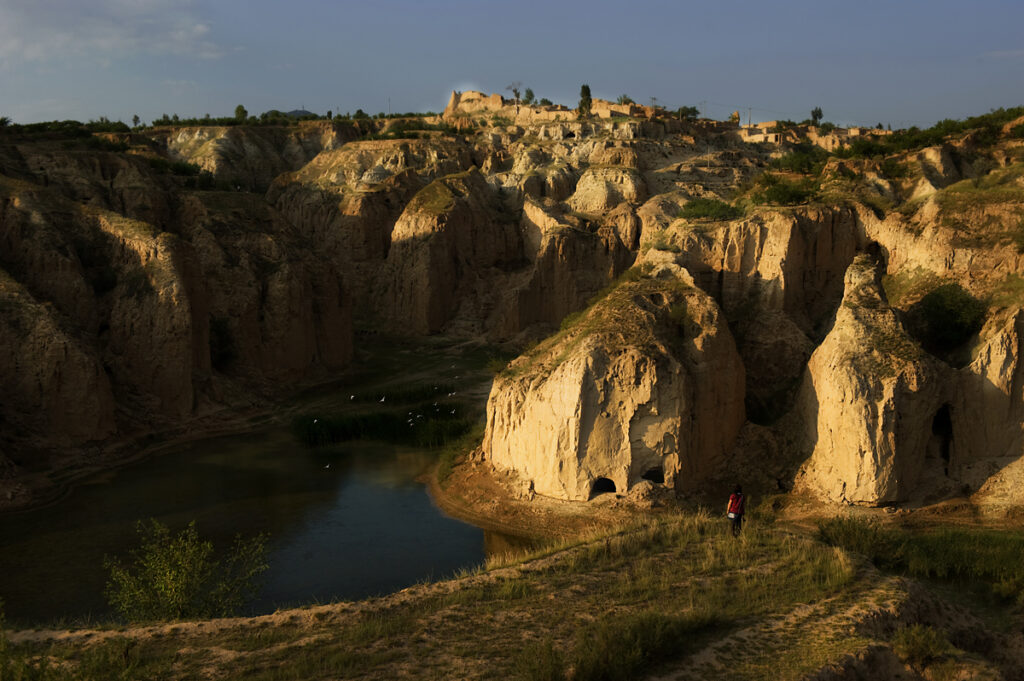The discovery of a new culture suggests processes of innovation and cultural diversification occurring in Eastern Asia during a period of genetic and cultural hybridization. Although previous studies have established that Homo sapiens arrived in northern Asia by about 40,000 years ago, much about the lives and cultural adaptations of these early peoples, and their possible interactions with archaic groups, remains unknown. In the search for answers, the Nihewan Basin in northern China, with a wealth of archaeological sites ranging in age from 2 million to 10,000 years ago, provides one of the best opportunities for understanding the evolution of cultural behavior in northeastern Asia. Continue reading…
Archaeologists discover innovative 40,000-year-old culture in China

